Again, with love, to my faithful husband, Reed, chief tester, consultant, and computer person. Throughout the many years of my writing cookbooks, he has encouraged me with support, advice, and assistance. It has been fun cooking together, having testing parties, and giving cooking classes and demonstrations. This book became a team effort because, without his patience and countless hours on the computer, it could never have been accomplished.
To Bill LeBlond, senior editor at Chronicle Books, who gave me the opportunity to write a book of this scope and was optimistic that I could complete it in nine months. Thank you. Thank you.
To Jim Herbold, good friend, computer adviser, and also tester. And special thanks to friends and family members who contributed to this book and for their willingness to come to impromptu dinner parties to test and critique.
Todays casseroles reflect the best qualities of contemporary cooking. They feature fresh ingredients, leaner meats, more vegetables, healthful grains and pastas, and lighter sauces. They are no longer considered budget dishes using tasteless leftovers bound together with condensed soups! Casseroles have come a long way in taste and appearance.
Casserole refers to both the preparation and the container in which it is cooked and often served.
Casserole refers to both the preparation and the container in which it is cooked and often served.
It may be made from glass (Pyrex), earthenware, stainless steel, enamel-lined cast iron, or some other flameproof material and come in a variety of sizes, shapes, and colors. It is fun to have an assortment of casserole dishes to fit the contents and occasion.  Casserole ingredients are a combination of complementary foods cooked together in a flavorful sauce or broth. Toppings are often added, including grated cheese, bread or cracker crumbs, parsley, and nuts for added texture and appeal. Casseroles are usually baked in the oven, but they can also be cooked on the stove top or in a microwave oven if proper containers are used. Conventional ovens are preferable because slow baking enhances the flavors of the blended ingredients.
Casserole ingredients are a combination of complementary foods cooked together in a flavorful sauce or broth. Toppings are often added, including grated cheese, bread or cracker crumbs, parsley, and nuts for added texture and appeal. Casseroles are usually baked in the oven, but they can also be cooked on the stove top or in a microwave oven if proper containers are used. Conventional ovens are preferable because slow baking enhances the flavors of the blended ingredients.
Casseroles have long been known for their convenience. They are popular with busy people, especially dual-employed couples with limited cooking time. Several casseroles can be made on the weekend, then frozen to be used later in the week. These make ahead, bake later recipes also appeal to the host or hostess who would like to avoid last-minute kitchen duty before a company dinner.
10 Advantages of Casseroles
1. 2. 2.
Can be made ahead, refrigerated, or frozen and baked when needed. 3. Cleanup is done at the time of preparation, eliminating lastminute duties. 4. Bake without supervision. 5.
Time savers-once the casserole is assembled, most of the work is done. 6. Convenient. 7. Economical, depending on ingredients. 8. 8.
Creative and diverseadd variety and interest to the menu. 9. Minimum equipment needed. 10. Can be held in a warm oven after baking to fit todays busy schedules Casseroles go from oven to table, keeping ingredients hot for a long period of time. Serving is easy, and there is very little clean up.
Many casseroles serve as main dishes or one-pot meals, and others are complementary side dishes. They are perfect for potlucks, picnics, tailgate parties, buffets, or the bedside of a sick friend. A crisp, green salad, and warm crusty bread are all that are needed for a wholesome, satisfying meal. The Big Book of Casseroles is a collection of over 250 exciting, all-purpose casseroles and oven dishes for every occasion, from family meals to gourmet dinner parties. Wellremembered flavors of the past are made lighter and are updated with fresh ingredients. You will also find new creations that reflect the latest food trends, favorite classics, ethnic-inspired dishes, and specialty casseroles.
Canned soups and dry mixes are not used in The Big Book of Casseroles. A simple, easy-to-make white sauce makes a tasteful and healthful substitute. Some canned staples are included for convenience, but fresh alternatives are given. If you feel your cooking has become boring and dull, these delicious recipes will add interest, variety, and flexibility to your meal planning.
Helpful hints, techniques, and information plus basic recipes to use in making casseroles.Preparing a Casserole
- Stock the pantry, refrigerator, and freezer with basic ingredients that you will need for making casseroles.
- Read the recipe carefully and check on the ingredients you have on hand.
- Make a complete grocery list and shop early (the day before, if making a casserole the next morning).
- Assemble all ingredients, tools, and baking dish.
- Prepare the ingredients.
- Assemble the casserole.
Baking a Casserole
Baking times are approximate and may vary, depending on when the casserole is baked. If baked immediately after preparation and the ingredients are still warm, it will take less time than a casserole that has been made ahead and refrigerated. Ovens may vary, contributing to the difficulty of predicting an exact baking time.
Also, if other food is baking in the oven at the same time, the casserole will take slightly longer. Casseroles are done when heated through and bubbly around the edges. Overbaking will cause a casserole to be dry. Some casseroles improve in flavor and texture if allowed to stand 5 to 10 minutes before serving. Follow the directions in the recipe.
To Assemble Ahead of Time
If the casserole is assembled ahead of time, to be baked later, cool slightly, cover, and store in the refrigerator or freeze as directed below.
Bring to room temperature by removing the casserole from the refrigerator 1 hour before baking, but no longer because of the risk of salmonella.
Serving
Most casseroles can go directly from the oven to the table. The exceptions would be if the container is messy or if a more decorative serving dish is desired. Be sure to place a hot casserole on a protective pad or trivet.

Reheating
The microwave is a convenient and quick way to reheat casseroles without overcooking. Transfer leftovers to a smaller microwave-safe baking dish lightly coated with cooking spray or oil.
If casserole is dry, add a little liquid called for in the recipe. Lightly cover and heat on high. Check often; it is easy to overcook. To warm in the oven, place in clean container, add more liquid, cover, and bake at 350F until hot. Leftover casserole ingredients can also be warmed on top of the stove in a pan.
Freezing
Before baking: Cover tightly with aluminum foil, label contents, date, and freeze immediately.
After baking: Transfer cooled leftovers to a smaller casserole or a plastic container.
After baking: Transfer cooled leftovers to a smaller casserole or a plastic container.
Cover tightly, label, and date. To free up a casserole dish for another use, line bottom and sides of dish with foil before assembling the casserole. Cover and freeze until solid. Lift foil-covered contents out of dish and wrap tightly. To bake, remove wrap and place in original container, thaw, and proceed as directed.

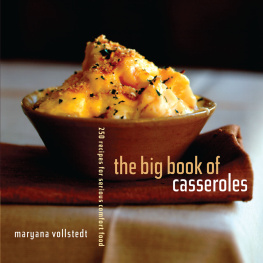
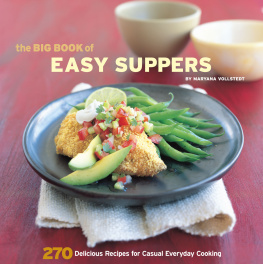
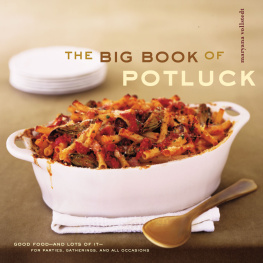


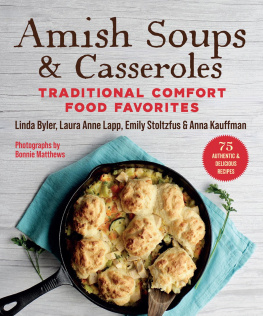
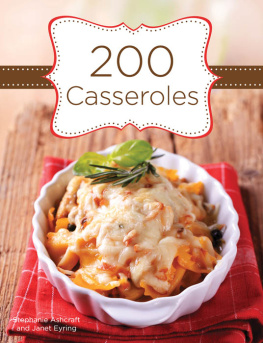

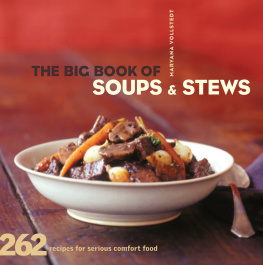


 Casserole ingredients are a combination of complementary foods cooked together in a flavorful sauce or broth. Toppings are often added, including grated cheese, bread or cracker crumbs, parsley, and nuts for added texture and appeal. Casseroles are usually baked in the oven, but they can also be cooked on the stove top or in a microwave oven if proper containers are used. Conventional ovens are preferable because slow baking enhances the flavors of the blended ingredients.
Casserole ingredients are a combination of complementary foods cooked together in a flavorful sauce or broth. Toppings are often added, including grated cheese, bread or cracker crumbs, parsley, and nuts for added texture and appeal. Casseroles are usually baked in the oven, but they can also be cooked on the stove top or in a microwave oven if proper containers are used. Conventional ovens are preferable because slow baking enhances the flavors of the blended ingredients.